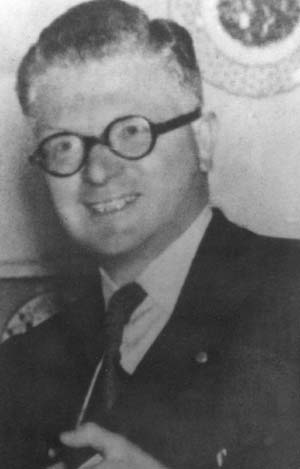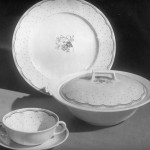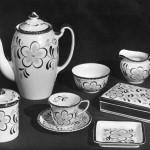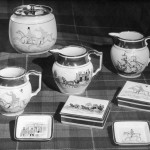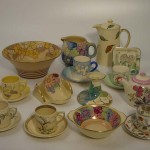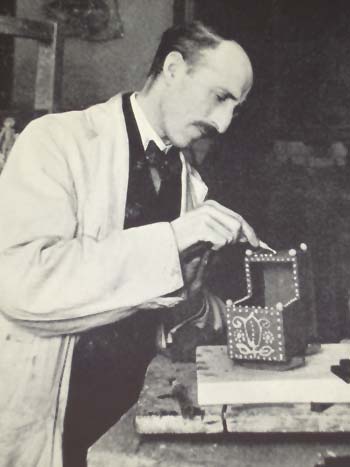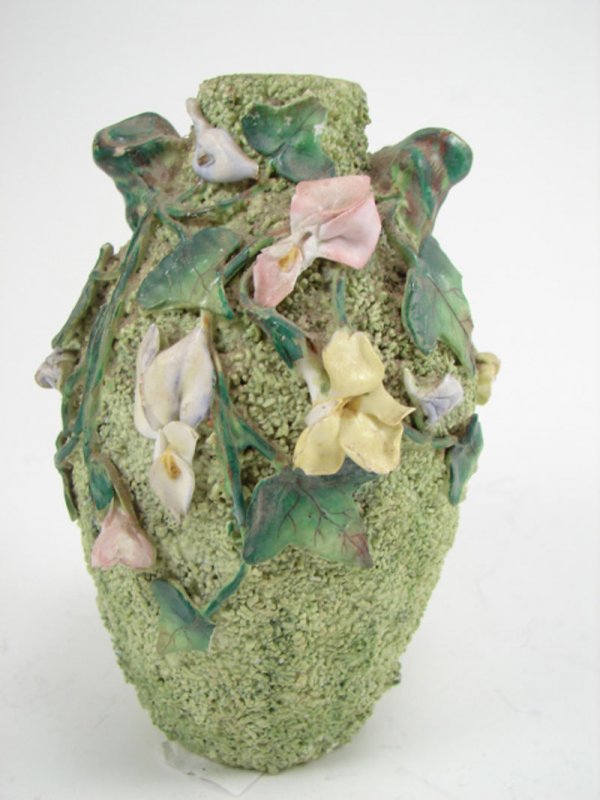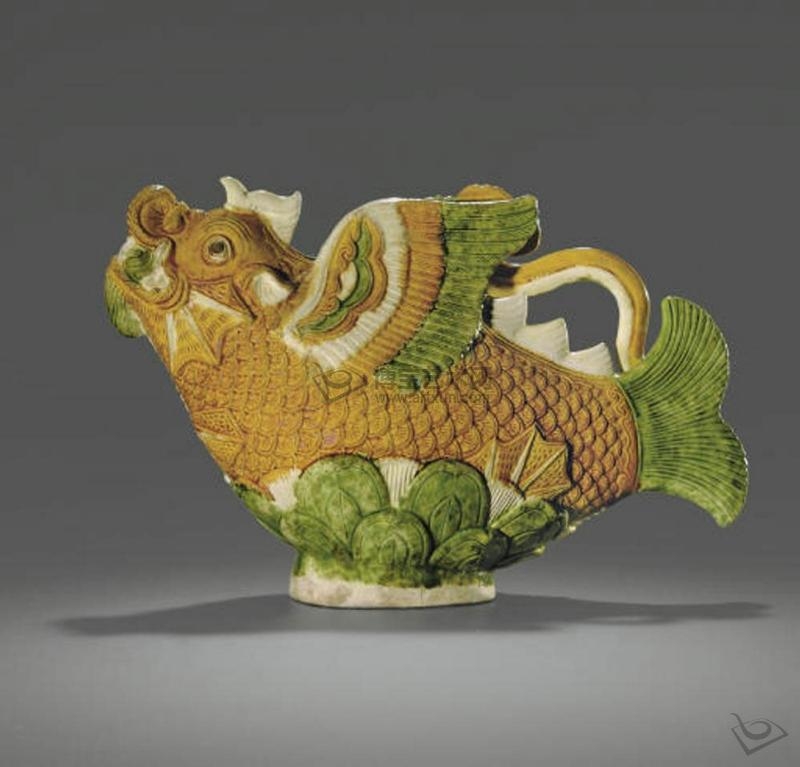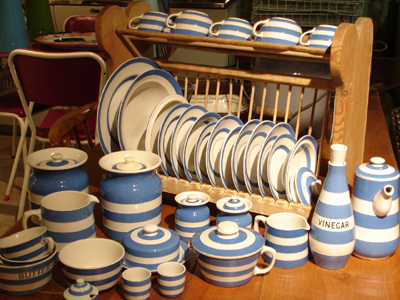A designer at Gray’s Pottery from 1925 until 1959, taking the role of Art Director soon after Susie Cooper left in 1929. He became a Board member in 1941 and was later appointed Joint Managing Director with Robin Gray. Mr Talbot left in 1959 to take up a similar position at Lancaster & Sandland in Hanley, Stoke-on-Trent.
Little is known of Sam Talbot’s background or the precise detail of his work. Some former Gray’s Pottery employees believed that he was apprenticed at Aynsley China in Longton, but there is no written evidence of this. What is known is that, like Susie Cooper before him, he joined Gray’s through the influence of Gordon Forsyth.
The quality of his work and the extent of his contribution to Gray’s Pottery must not be underestimated, despite the lack of concrete information. When the National Register of Industrial Art Designers was published in 1937, SC Talbot’s name appeared alongside the likes of Reco Capey, Michael Cardew, Susie Cooper and Keith Murray as one of ‘those eminent designers who have already been registered without submitting the work for adjudication in the normal way’. (Pottery and Glass Record December 1937 page 320). Financially, Gray’s Pottery enjoyed its greatest successes and most profitable years during the 1930s, a time when its designs were almost wholly attributable to Sam Talbot.
Mr Gray, Miss Cooper and Mr Talbot all saw the value of well-trained youngsters joining the industry; Sam Talbot is known to have favoured seeing potential future employees by visiting local schools. Students demonstrating good artistic abilities were offered apprenticeships.
DESIGNS
As often stressed on this website, there is sparse evidence as to who designed what at Gray’s Pottery. There are a few references to designs by Sam Talbot in the Design Council’s Index (eg pattern A5855, Index ref 45.1.1/167 and pattern A8957, ref 45.2.10/3) or from the limited advertisements and photographs that exist (eg pattern A8474, Pottery and Glass May 1947) and occasionally, a reference in magazine articles (eg Pottery and Glass Record January 1935 page 3).
Miss Cooper once commented that “his work (in the 1920s) was very similar to mine but became more distinctive when I left”. This brief assessment is perhaps not surprising: both designers were of the same age and had been trained in Potteries’ Art Schools managed by Gordon Forsyth. Mr Talbot’s daughter knows that her father liked flowers and petals, motifs that are to be found in abundance in Gray’s Pottery designs of the 1930s, and much like in Susie Cooper’s work .
All this therefore complicates the issue of what designs came from Sam Talbot’s hand in the 1920s, but that by the early 1930s – certainly after Susie Cooper and Dorothy Tomes had left – the vast majority of Gray’s Pottery’s new patterns would have been his. No other designer’s name has emerged covering the almost thirty years after Sam Talbot’s appointment as Art Director. However, the actual ‘design’ role may be interpreted differently as time passed, taking into account the increasing use of bought-in lithographic prints, especially with the ‘Sunderland splatter’ lustre destined for the North American market.

